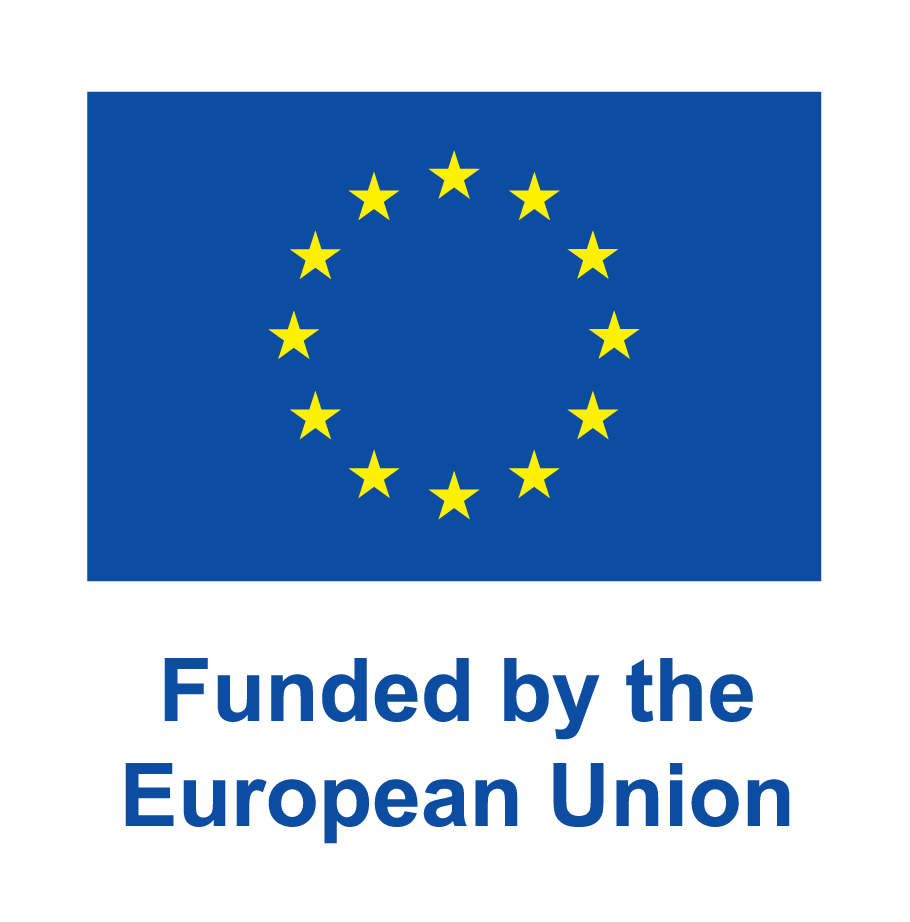EU Member States are increasingly viewing Skills Mobility Partnerships (SMPs) as a policy tool for addressing labour shortages with skilled migrants, although SMPs are currently not yet a widely applied policy tool within the EU. By 2021, 8 Member States (AT, BE, BG, DE, ES, FR, IE, LU) had an SMP or a similar partnership with non-EU countries.
EMN-OECD Inform | Labour Migration
Skills Mobility Partnerships as a policy tool for migration skilled migrants in the EU
16 March 2022
The Netherlands has not concluded any SMPs itself. However, the Netherlands does have partnerships with characteristics of an SMP, such as a bilateral exchange program with China with scholarships for Chinese students.
Set-up of SMPs
- Most SMPs focus on youth exchanges, mobility of young qualified professionals or graduates, and/or students in higher education who also return to their country of origin in between (circular migration).
- Member States implemented SMPs on the basis of bilateral and multilateral agreements, or existing programs or pilot projects.
- Health, information and communication technologies (ICT), and agriculture are specific sectors for which countries enter into SMPs.
- While some SMPs revolve around cooperation with partner countries or regions that are strategically important to Member States, other SMPs are also open to other partner countries.
Challenges and opportunities
Challenges encountered by Member States include the scalability of SMPs, the relatively high cost, and the difficulties of involving different stakeholders (including employers). Looking at the opportunities of SMPs, Member States identify added value in contributing to the mobility of skilled migrants, among other things. SMPs are beneficial for both the migrant, the Member State and the country of origin. This sets SMPs apart from other approaches to labour migration.
Publications
- More information on SMPs and the EMN-OECD Inform study: 'Study: Skills Mobility Partnerships, innovative approaches to labour migration to the EU'.


